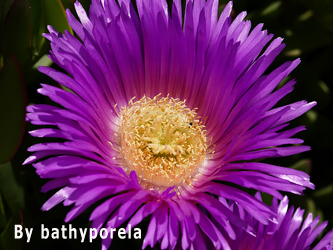Many studies report a decrease of native species richness in communities after plant invasion by exotic taxa, but the implications of species losses on community functional structure and ecosystem processes have been less explored. The questions addressed are: (1) what are the impacts of invasive plant taxa on the functional structure of the recipient community; and (2) are there links between such functional structure and ecosystem properties representing key ecosystem processes? The study, carried out in coastal habitats of the Spanish Balearic Island, revealed that Carpobrotus invasion led to a functional homogenization within communities, which probably reduces their resilience. The functional structure of the community was more responsive to invasion than the ecosystem properties. The weak relationship between functional indices and ecosystem properties suggests that they may respond to invasion at different rates. informacion[at]ebd.csic.es: Castro-Díez et al (2016) Linking the impacts of plant invasion on community functional structure and ecosystem properties. J Veg Sci DOI: 10.1111/jvs.12429









 Las altas temperaturas están provocando que las lagunas y las marismas de Doñana pierdan agua rápidamente
Las altas temperaturas están provocando que las lagunas y las marismas de Doñana pierdan agua rápidamente



